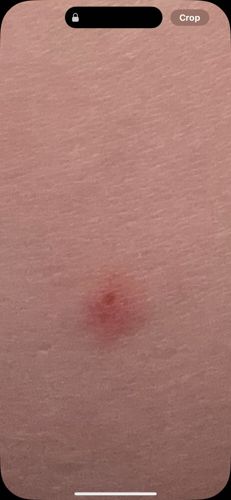Mosquito
Scientific Name: Culicidae (family)
Order & Family: Diptera, Culicidae
Size: Typically 3 mm to 6 mm (0.12 to 0.24 inches) in length, though some species can be larger.

Natural Habitat
Mosquitoes are found worldwide in various habitats, especially near standing water sources such as ponds, swamps, marshes, ditches, and containers holding water. Larvae and pupae are aquatic.
Diet & Feeding
Female mosquitoes feed on blood, which is required for egg development. Males and females also feed on nectar and plant juices for energy.
Behavior Patterns
Mosquitoes are most active during dawn and dusk, though some species are active during the day. They locate hosts by detecting carbon dioxide, body heat, and body odors. After mating, the female lays eggs, usually on or near water. Larvae develop in water, feeding on microorganisms, and eventually pupate before emerging as adults.
Risks & Benefits
Risks: Mosquitoes are significant vectors for numerous diseases, including malaria, dengue fever, Zika virus, West Nile virus, chikungunya, and yellow fever, posing a substantial global health risk through their bites. Their bites also cause itchy welts. Benefits: Mosquitoes play a role in the ecosystem as food for various animals (birds, bats, fish, other insects) and as pollinators for some plants, though their ecological benefit is often overshadowed by their public health impact.
Identified on: 9/7/2025